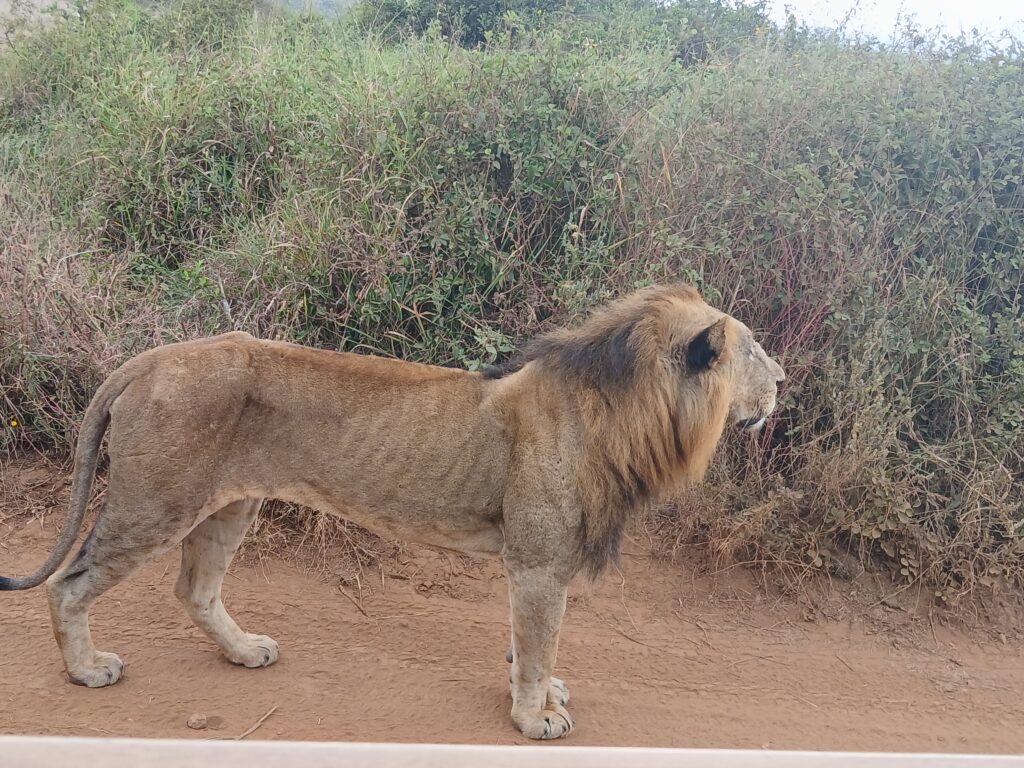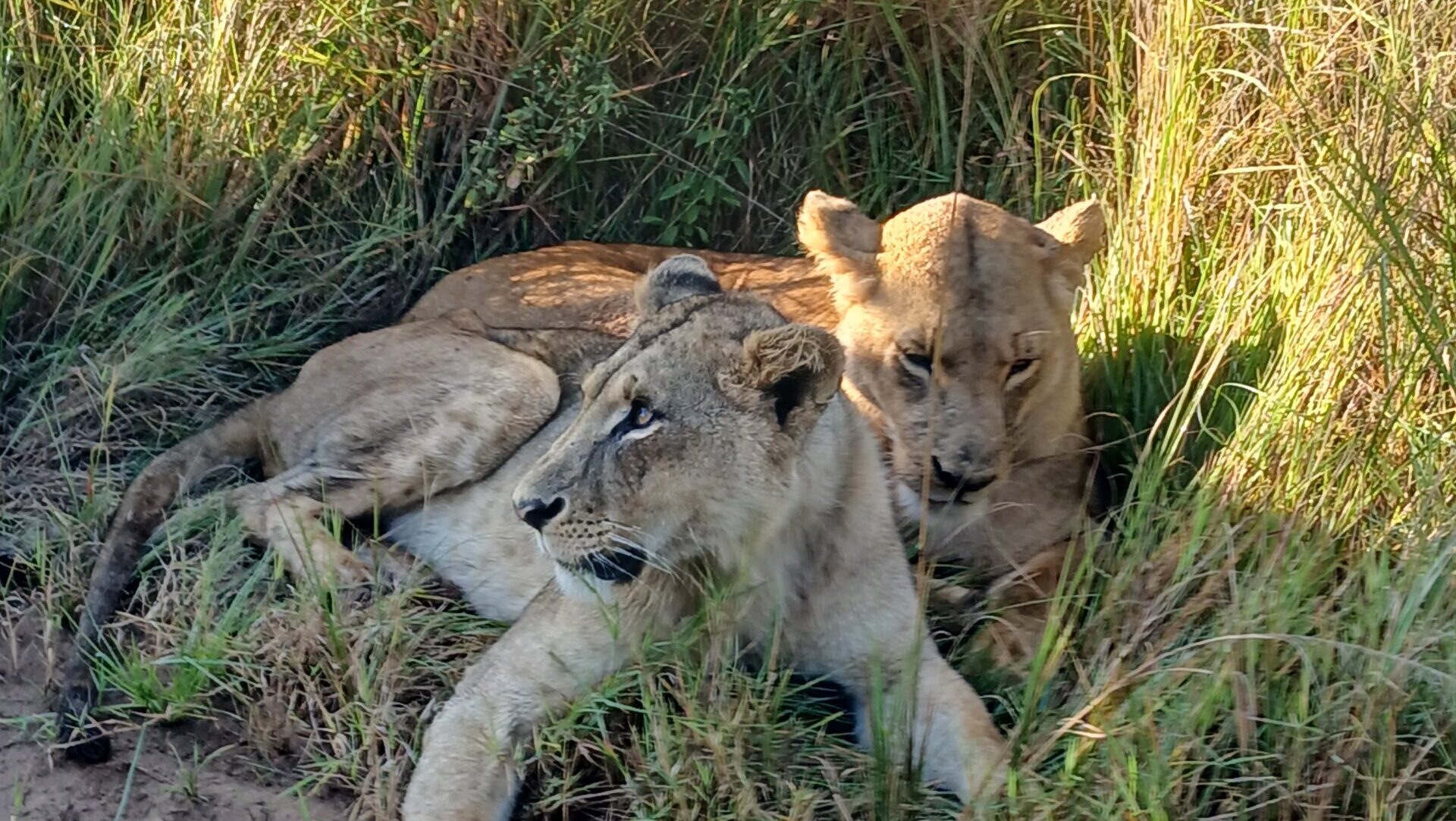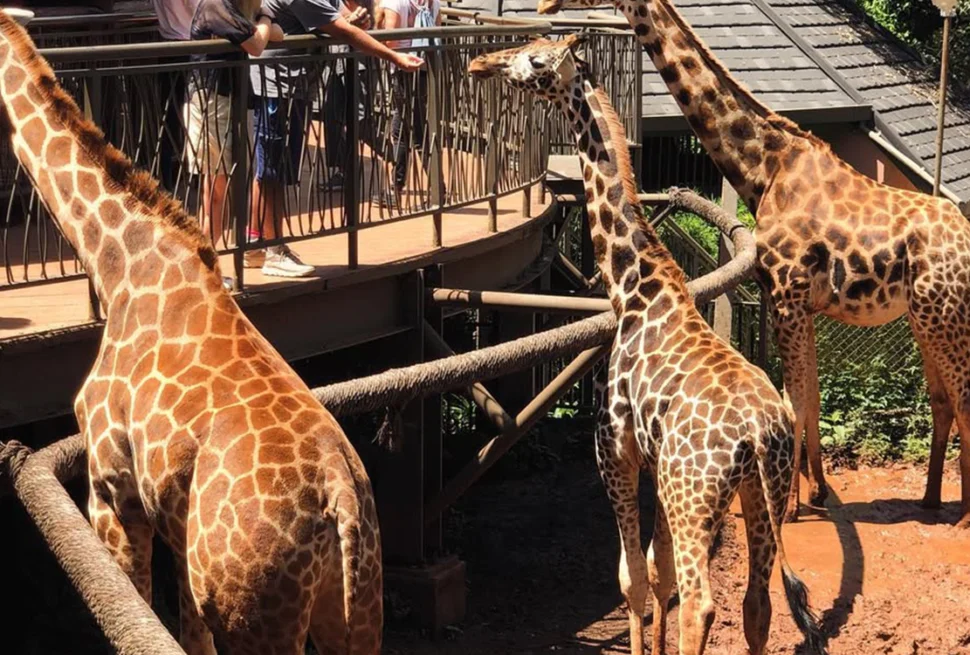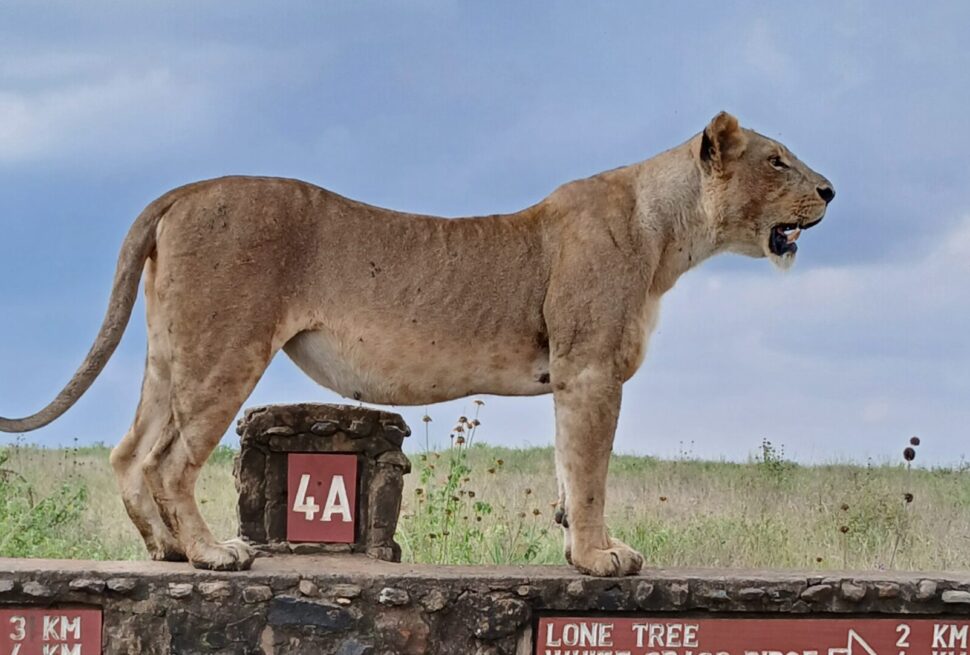Nairobi National Park is a remarkable destination that offers an extraordinary wildlife experience just minutes away from Kenya’s capital city. Whether you are a first-time visitor or a seasoned traveler, proper planning ensures you make the most of your visit. Here is everything you need to know before embarking on your Nairobi National Park adventure.

1. Location and Accessibility
Nairobi National Park is located approximately 7 kilometers (4 miles) from Nairobi’s central business district, making it the most accessible national park in the world. You can reach the park by road via Lang’ata Road or through guided routes offered by various travel operators.
2. Entry Requirements and Fees
To gain access to the park, you must pay an entrance fee, which varies depending on your residency status. Kenyan citizens, residents, and non-residents all have different rates. The Kenya Wildlife Service (KWS) website provides up-to-date information on pricing. You may also need to show identification, such as a passport or national ID, when purchasing tickets.
3. Best Time to Visit
The park is open year-round, but the best time to visit depends on what you want to experience. The dry seasons (June to October and January to February) offer excellent wildlife viewing opportunities, as animals congregate around water sources. The rainy seasons (March to May and November to December) bring lush green landscapes and fewer crowds, In addition, some roads may be muddy and difficult to navigate.
4. Wildlife and Attractions
Nairobi National Park is home to a diverse range of wildlife, including lions, leopards, buffalos, rhinos, and giraffes. The park is particularly renowned for its black rhino population, making it one of the best places to see this endangered species. In addition to wildlife, you can explore the Ivory Burning Site Monument, a historical landmark symbolizing Kenya’s fight against poaching.
5. Safari Experience and Activities
Visitors can choose between self-drive safaris and guided game drives. If you opt for a self-drive safari, ensure you have a well-maintained 4×4 vehicle, as some areas may be challenging to navigate. Guided game drives offer the advantage of an experienced ranger who can help you spot elusive animals and provide insightful commentary.
Apart from game drives, you can enjoy birdwatching, picnicking, and nature walks at designated spots within the park.
6. Park Rules and Regulations
To protect the park’s wildlife and environment, visitors must adhere to specific rules, including:
- Staying inside your vehicle unless at designated areas.
- Maintaining a safe distance from wildlife.
- Avoiding loud noises that may disturb animals.
- Not littering or feeding the animals.
Failure to follow these rules can result in penalties or expulsion from the park.
7. What to Pack
To ensure a comfortable experience, bring the following essentials:
- Binoculars and a camera for wildlife viewing and photography.
- Sunscreen, sunglasses, and a hat to protect against the sun.
- Comfortable clothing and sturdy shoes, especially if planning a nature walk.
- Snacks and water, although there is a picnic site available.
8. Nearby Attractions
If you wish to extend your adventure beyond the park, consider visiting nearby attractions such as the David Sheldrick Wildlife Trust, where you can see rescued orphaned elephants, or the Giraffe Centre, home to the endangered Rothschild giraffe.
Conclusion
Visiting Nairobi National Park is an unforgettable experience that combines the thrill of a safari with the convenience of proximity to a major city. By planning ahead, understanding the park’s regulations, and preparing appropriately, you will maximize your experience while contributing to the conservation of this unique ecosystem.




